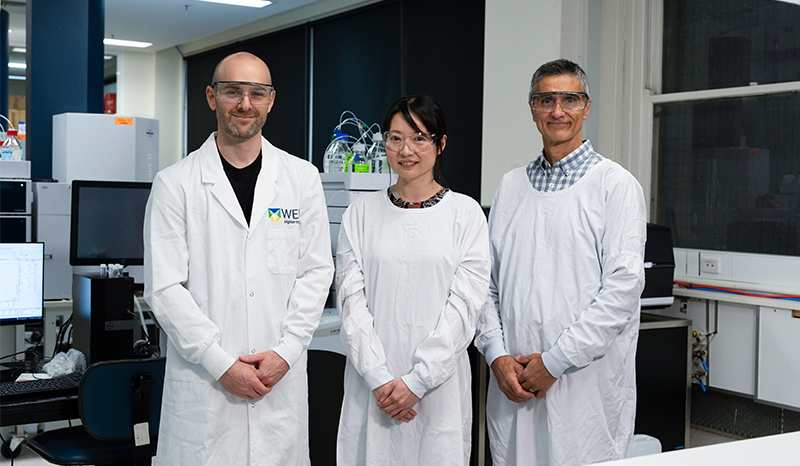Our research applies the latest proteomics methods to understand how changes in proteins in our body influence health and disease.
In particular we are interested in developing new techniques to advance basic laboratory research and clinical studies. Ongoing research studies include:
* Understanding the cell signalling pathways contributing to inflammatory conditions such as rheumatoid arthritis.
* Developing a blood test to predict which children are at risk of developing rheumatic fever.
* Detecting a test for detecting stomach cancer at early, more treatable stages.




